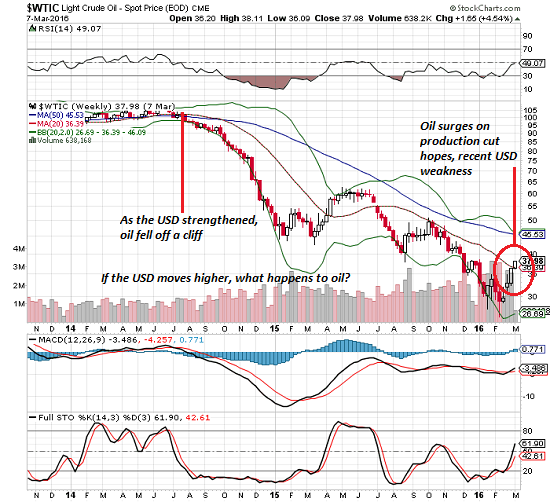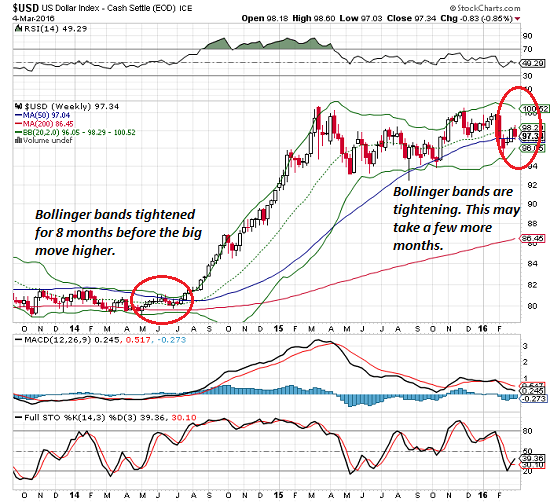…….. a small bomb used for blowing up gates and walls when breaching fortifications. It is of French origin and dates back to the 16th century. A typical petard was a conical or rectangular metal device containing 2–3 kg (5 or 6 pounds) of gunpowder, with a slow match for a fuse.
Maybe that’s what they have been doing all along—–that is, waiting for their slow match monetary fuse to finally ignite the next financial conflagration.
After all, the Fed is now 87 months into its grand experiment with the lunacy of zero interest rates. If our monetary central planners still can’t see their way clear to more than 38 bps of normalization, then, apparently, they intend to keep the casino gamblers in free carry trade money until they finally blow themselves up——just like they have already done twice this century.
In fact, by Yellen’s own bumbling admission the inhabitants of the Keynesian puzzle palace—-into which the Eccles Building has long since morphed—–can’t see their way to much of anything. They couldn’t even decide if the risks to the outlook are balanced to the upside or downside. And that roundhouse kind of judgment isn’t even remotely measureable or exacting; it requires nothing more than a binary grunt.
As a practical matter, the joint has lapsed into a state of mental entropy——apparently under the risible assumption that they have abolished the business cycle and have limitless time to normalize. Yet we are already at month 81 of this so-called expansion, and the signs of approaching recession are cropping up daily.
…click on the above link to read the rest of the article…













